

- English courses
- German courses
- Language tests & certificates
- Language & Culture
- About Us
- -

The Great War, or what is now known as the First World War, began with great patriotism – ‘cleansing society of decadence’ - between European nations in August 1914. It was however fought as a war of attrition, a war of the trenches, finally ending in the rain and mud of the Flanders in November 1918. The surviving protagonists, having fought to a point of exhaustion and beyond, were to be ever haunted by the horror of a conflict that had been fought with all the weaponry, even with gas, the conflicting industrial nations had manufactured so efficiently.
The two short decades – the twenties and thirties of the 20th century were, for that surviving generation, an era of domesticity, where one’s home was one’s castle, where one’s own small garden was superior to any foreign field. It was little wonder that when, in September 1938, Neville Chamberlain, the then British prime-minister, returned from Munich after meetings with Hitler, with an assurance of ‘peace for our time’, no war in Europe, he was welcomed by wildly cheering crowds, as he stood alone, a little lost, on the balcony of Buckingham Palace. A year later, Europe was again at war.
These two short decades are the focus of the five novels, plus a collection of short stories that comprise this course of English literature. They relate the drama of the undramatic. They describe those times: the hedonism, the joy, the song and dance, the propriety and impropriety, but, above all, the human condition.
All the six books chosen for this course of reading and discussion are published by Persephone Books - unique in that it reprints neglected fiction and non-fiction, mostly be women writers and mostly dating from the mid-twentieth century.
Course participants are asked to read the following books in this order:
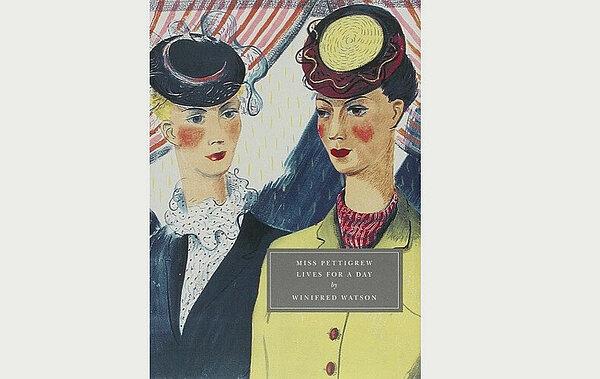
is about a down-on-her-luck, middle-aged governess who is sent by an employment agency to the wrong address: instead of a household of unruly children, she encounters a glamorous night-club singer named Miss LaFosse. Over a period of twenty-four hours her life is changed - forever.
The Guardian asked: 'Why has it taken more than half a century for this wonderful flight of humour to be rediscovered? Pure Cinderella fantasy farce with beaus, bounders, negligées and nightclubs - Miss Pettigrew's blossoming is a delight to observe.' The Daily Mail liked the book's message - 'that everyone, no matter how poor or prim or neglected, has a second chance to blossom in the world,' while in The Shops India Knight described Miss Pettigrew as 'the sweetest grown-up book in the world and Tracy Chevalier agreed that 'Miss Pettigrew is irresistible, a perfect mix of wistfulness and joy, substance and froth.'
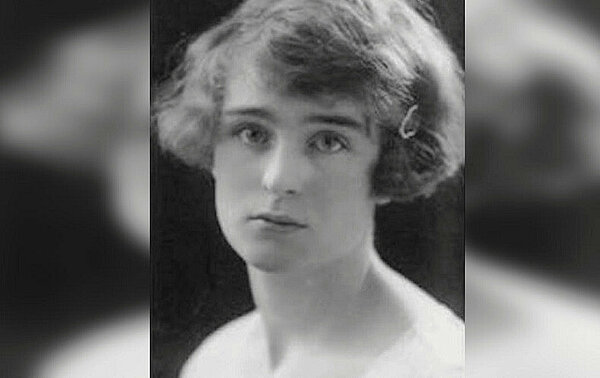
Winifred Watson was born in 1907 and brought up in Newcastle, where her father owned three shops. Educated at St Ronan’s School, Berwick-on-Tweed, she was a secretary until, in 1935, aged 28, she married Leslie Pickering, the manager of a timber firm. She wrote Fell Top in 1935 and Odd Shoes a year later, ‘two rather strong dramas… but when they received a book that was fun – Miss Pettigrew Lives for a Day [1938] – they would not accept it…I can remember to this day looking up at the publisher and saying, ‘You are wrong, Miss Pettigrew is a winner.’ But he just looked stubborn. I wrote another straight novel [Upyonder, 1938] and, when they did publish Miss Pettigrew, I was proved right… France published it, Australia, and even Germany was about to only the war came.’ Winifred Watson published two more novels, but stopped writing not long after the birth of her son in 1941. She lived in Newcastle for the rest of her life and died there in 2002.
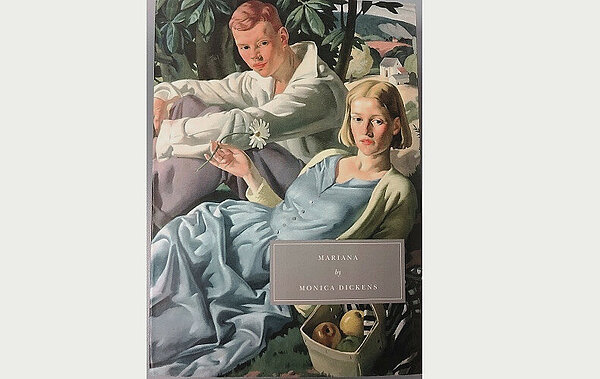
Monica Dickens's first book, published in 1940, could easily have been called 'Mariana – an Englishwoman'. For that is what it is: the story of a young English girl's growth towards maturity in the 1930s. We see Mary at school in Kensington and on holiday in Somerset; her attempt at drama school; her year in Paris learning dressmaking and getting engaged to the wrong man; her time as a secretary and companion; and her romance with Sam.
But it is also more than this. As Harriet Lane remarks in her Preface: 'It is Mariana's artlessness, its enthusiasm, its attention to tiny, telling domestic detail that makes it so appealing to modern readers.' And John Sandoe Books commented: 'The contemporary detail is superb – Monica Dickens's descriptions of food and clothes are particularly good – and the characters are observed with vitality and humour. Mariana is written with such verve and exuberance that we would defy any but academics and professional cynics not to enjoy it.'
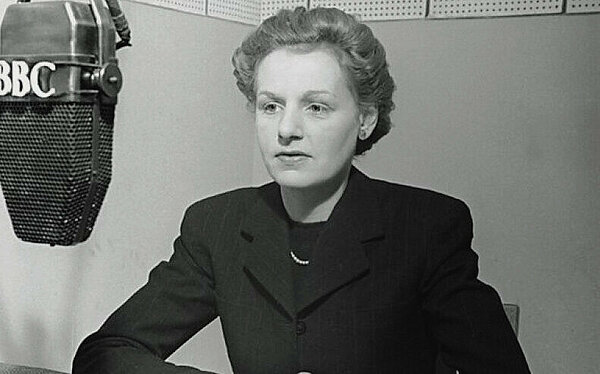
Monica Dickens, born in 1915, was brought up in London; her father was a barrister and a grandson of Charles Dickens. Her mother’s German origins and her Catholicism gave her the detached eye of an outsider; at St Paul’s Girls’ School she was under-occupied and rebellious. After drama school she was a debutante before working as a cook. One Pair of Hands (1939), her first book, described life in the kitchens of Kensington. It was the first of a group of semi-autobiographies of which Mariana (1940), technically a novel, was one. ‘My aim is to entertain rather than instruct,’ she wrote. ‘I want readers to recognise life in my books.’ In 1951 Monica Dickens married a US naval officer, Roy Stratton, moved to America and adopted two daughters. The Winds of Heaven was published in 1955. An extremely popular writer, Monica Dickens involved herself in, and wrote about, good causes such as the Samaritans. After her husband died she lived in a cottage in rural Berkshire, dying there in 1992.
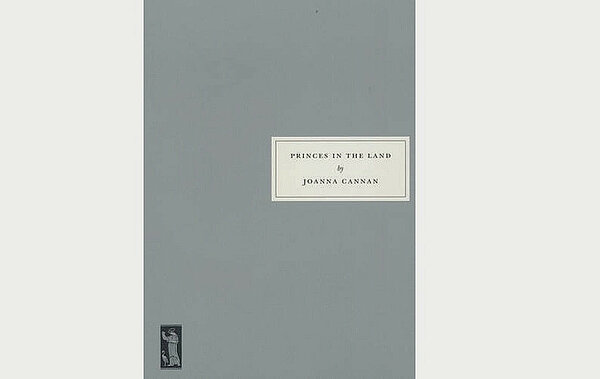
'Princes in the Land' by Joanna Cannan shares a theme with Persephone book No. 41, 'Hostages to Fortune', both exploring a woman's journey through motherhood and self-discovery as her children approach adulthood. Cannan deftly addresses these questions while depicting the gradual erosion of the protagonist Patricia's happiness as her children deviate from her expectations. Despite her longing for them to fulfill her ideals, she ultimately accepts their divergent paths.
Joanna Cannan, a prolific author who started writing at 26, wrote novels, detective stories, and pioneered the 'pony' book genre, later popularized by her daughters. 'Princes in the Land' offers a unique exploration of a seldom-discussed theme and vividly portrays Oxford. Cannan's novels, characterized by wit and satire, often confront clashes between idealists and materialists with no easy resolutions, as noted in the Oxford Dictionary of National Biography.
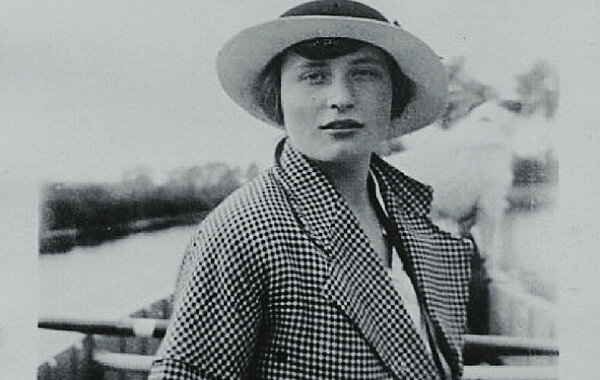
Joanna Cannan (1896-1961), was the youngest daughter of a distinguished Oxford don and inherited Scottish grit and determination from her mother. Often left to themselves‚ ‘playing out romantic dramas based on favourite books’ (DNB), the Cannan girls grew up to be self-reliant and bookish: May (Wedderburn Cannan) was a well-known First World War poet. Joanna hoped to go to the Slade but in 1918 married Captain Harold Pullein-Thompson and moved to Wimbledon.
From 1922 onwards she became the joint family breadwinner, publishing a book a year until she died. In the 1930s the Pullein-Thompsons bought a house near Henley for their four children and numerous animals. Here Joanna wrote 300 words every morning in the sitting-room (emerging to find lunch cooked): novels, including Princes in the Land (1938), detective novels and the first pony book, a genre which her daughters Josephine, Diana and Christine were to make very much their own.
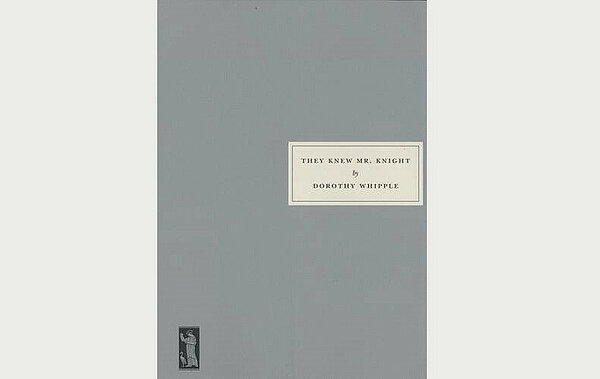
The Blakes are an ordinary family: Celia looks after the house and Thomas works at the family engineering business in Trentham, a lightly disguised Nottingham. The book begins when he meets Mr Knight, a financier as crooked as any on the front pages of our newspapers nowadays, and tracks his and his family's swift climb and fall. Part of the cause of the ensuing tragedy is Celia's innocence - blinkered by domesticity, she and her children are the 'victim of the turbulence of the outside world' (Postscript); but finally, through 'quiet tenacity and the refusal to let go of certain precious things, goodness does win out' (Afterword). And the TLS wrote: 'The portraits in the book are fired by Mrs Whipple's article of faith - the supreme importance of people.'

Born in 1893, Dorothy Whipple had an intensely happy childhood in Blackburn as part of the large family of a local architect. Her close friend George Owen having been killed in the first week of the war, for three years she worked as secretary to Henry Whipple, an educational administrator who was a widower twenty-four years her senior and whom she married in 1917. Their life was mostly spent in Nottingham; here she wrote Young Anne (1927), the first of eight extremely successful novels. Almost all her books were Book Society Choices or Recommendations and two of them were made into films. She also wrote short stories and two volumes of memoirs. Her final novel was Someone at a Distance (1953). Returning in her last years to Blackburn, Dorothy Whipple died there in 1966.
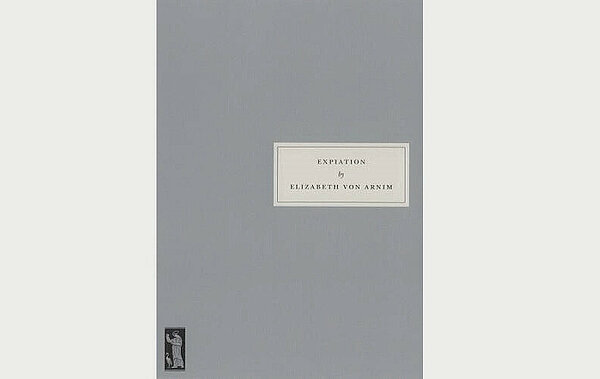
This is a first for us: a novel which has been entirely overlooked and yet is by a well-known writer. The theme is faintly shocking, or was in 1929, since the book is about adultery: a 'happily married' woman has, it transpires, for years been meeting her lover once a week. And, although nowadays we read the novel as a satire, at the time the characters and their milieu may have seemed rather tame. Finally, the feminist weekly Time and Tide thought that Elizabeth had tapped into ‘the whole of life – certainly all fiction’ which is made up of only ‘two things: love and consequences.’ In particular, Expiation is ‘a delightful, instructive study in the consequences of that kind of love... called sin.’text text.
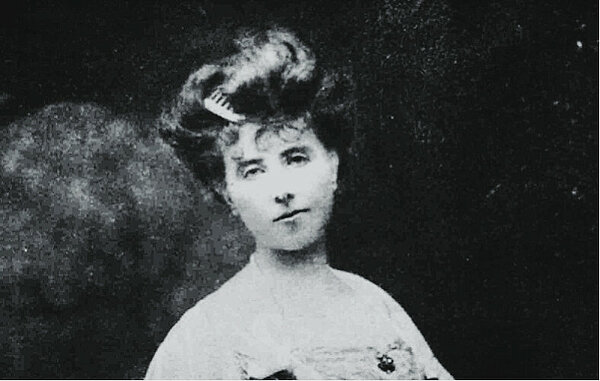
Elizabeth von Arnim was born in 1866 in Australia. At the age of five, her family returned to England. On holiday in Rome, she met Graf Henning August von Arnim, a recent widower, and married him in 1891. They lived in Berlin and had five children. After moving to Nassenheide, the house on the von Arnim estate, 'Elizabeth' anonymously published the bestselling Elizabeth and her German Garden. Several more novels followed. In 1908 she left for England, then went to live in Switzerland and wrote a dozen more books. A three-year affair with HG Wells was followed by marriage to Earl Russell. In 1939 she went to America, where she died two years later.
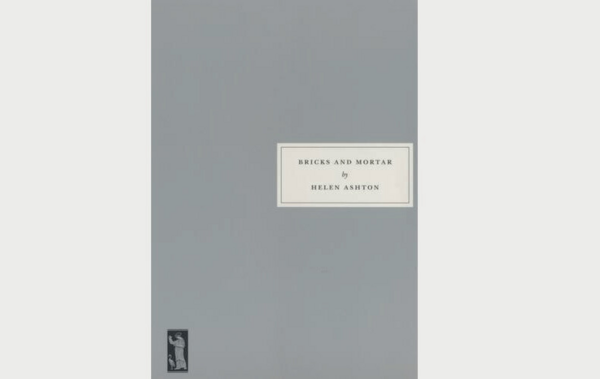
'One of my favourite Persephone books,' said Charlie Lee-Potter on Radio 4's Open Book, 'is a collection of short stories by Elizabeth Berridge first published in 1947 when she was 28. They are a revelation to me, I was transfixed by the quality of the writing. It seemed to me that they are quite radical stories, they were quite sharp and hard and disruptive as ideas.' AN Wilson writes in his Preface: '[Berridge] is a novelist of distinction who is also - and this is a rarity - equally at home in the quite different medium of the short story, with its need for an iron discipline and control. Many of the masters of this genre, carried away by their cleverness, either convey or actually possess the quality of heartlessness. Others - and one thinks primarily of Chekhov - are able to retain the discipline of the medium but suffuse its tight confines with warmth. This is the quality of Elizabeth Berridge's stories which sends us back to them, which makes us read and re-read until they have become friends.'
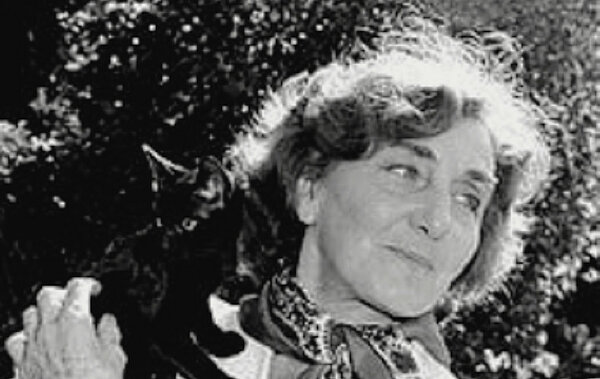
Elizabeth Berridge (1919-2009) grew up in the ‘safe London suburb’ of Wandsworth Common. A year in Switzerland and a ‘hateful’ period at the Bank of England, described in Be Clean, Be Tidy (1949), was followed by work in a photographic news agency. She married Reginald Moore in 1940, published her first short story in 1941 and, in 1943, after the birth of the first of her two children, moved to a remote house in Wales, where Moore edited Modern Reading and other wartime anthologies and she wrote the stories reprinted in Tell It to a Stranger – published as Selected Stories in 1947; they returned to London in 1950. Elizabeth Berridge published nine novels, Across the Common winning the Yorkshire Post Award for Best Novel of the Year in 1964. She reviewed fiction for the Daily Telegraph for twenty-five years. Her last novel, Touch and Go, was adapted as a play by BBC Radio 4.